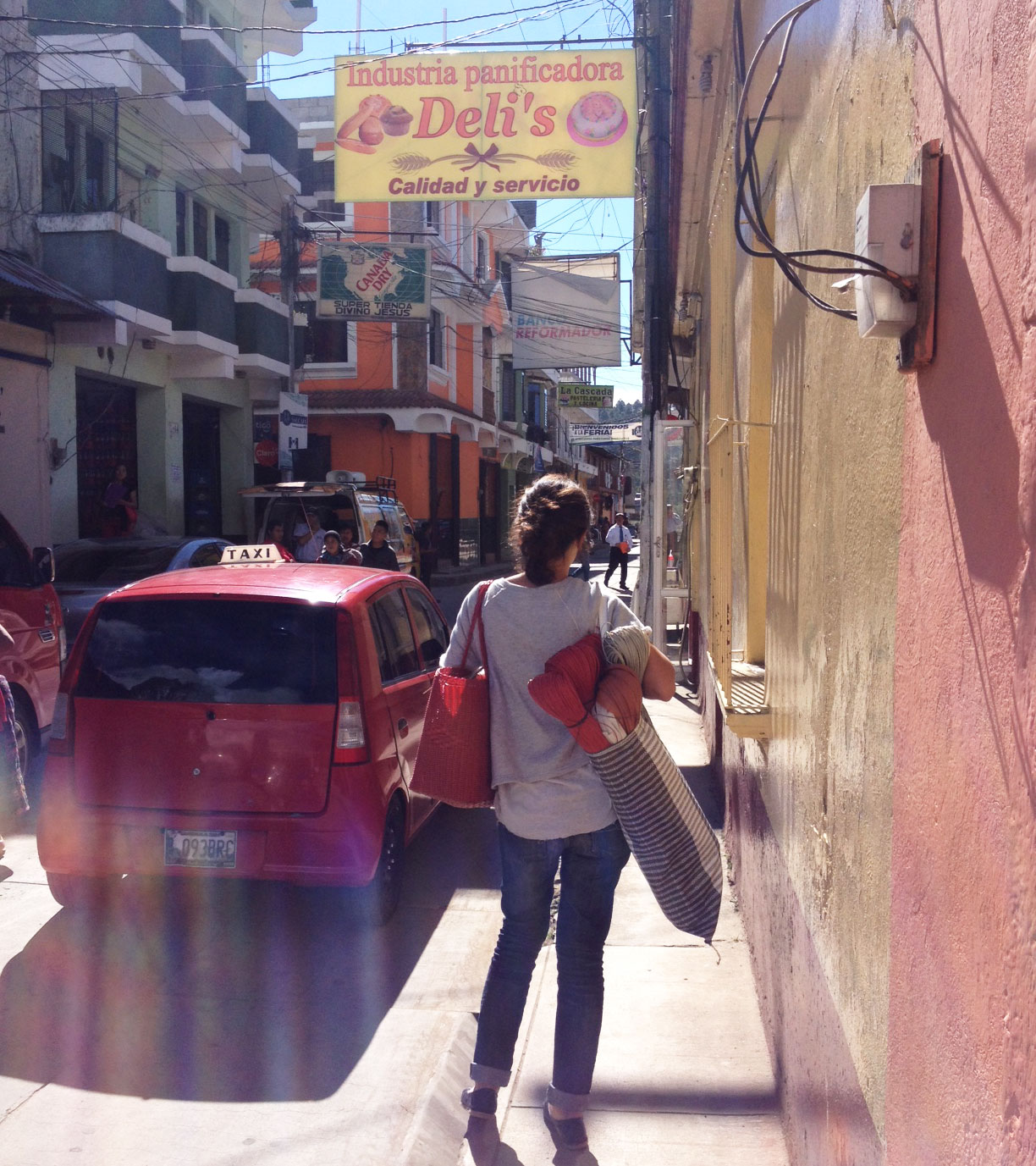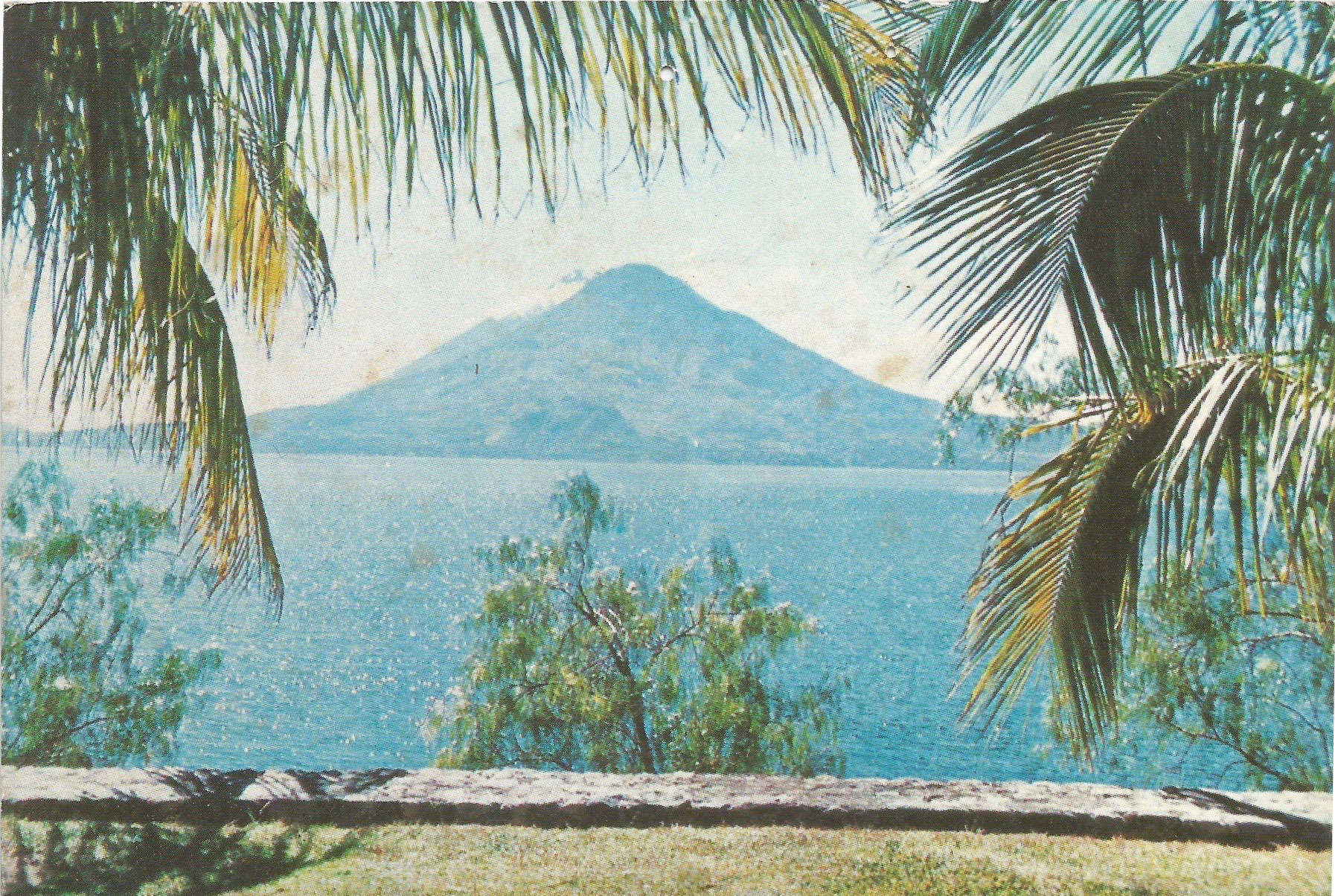
Palorosa: origin story
Palorosa is a color. Returning to Guatemala.

Vivian Suter, Proyectos Ultravioleta
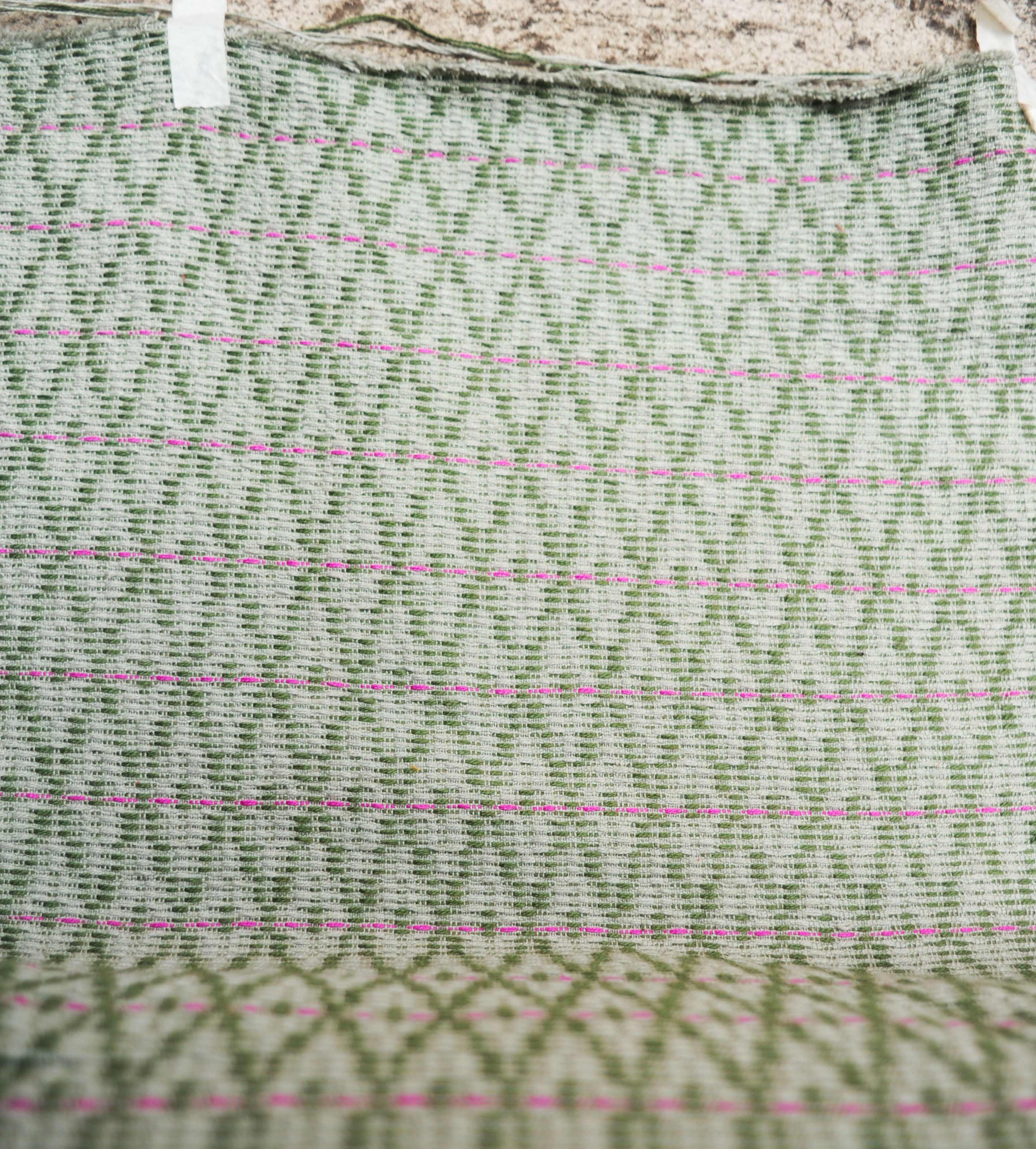
Jacquard fabric, Del Palomar, Hiroko Tanaka
The single object cannot be understood without first looking at all of the objects. Before Palorosa there was Guatemala à Porter, a tumblr, a blog, a platform for stylistic and aesthetic research. It was also a social and sociological platform. To reclaim her old-new world, Cecilia had to first appropriate her people. That was the tool. The setting was fertile ground for a country that constantly allows creativity to flourish, where people are ready to contaminate and to be contaminated. Cecilia studied their history, and hers. She became a local once again.
The Palorosa bag has always existed in her mind, but it was soon time to turn her attention to it. It was an intuition. The bag would become the object that could bind the two stories, the two worlds, together. The object came to life not by chance, but by cognitive experience and thoughtful reflection. Guatemala à Porter could have become a physical place, a shop with multiple products, a collision of conceptual space and concepts. But instead, it was destined to head in a different direction.
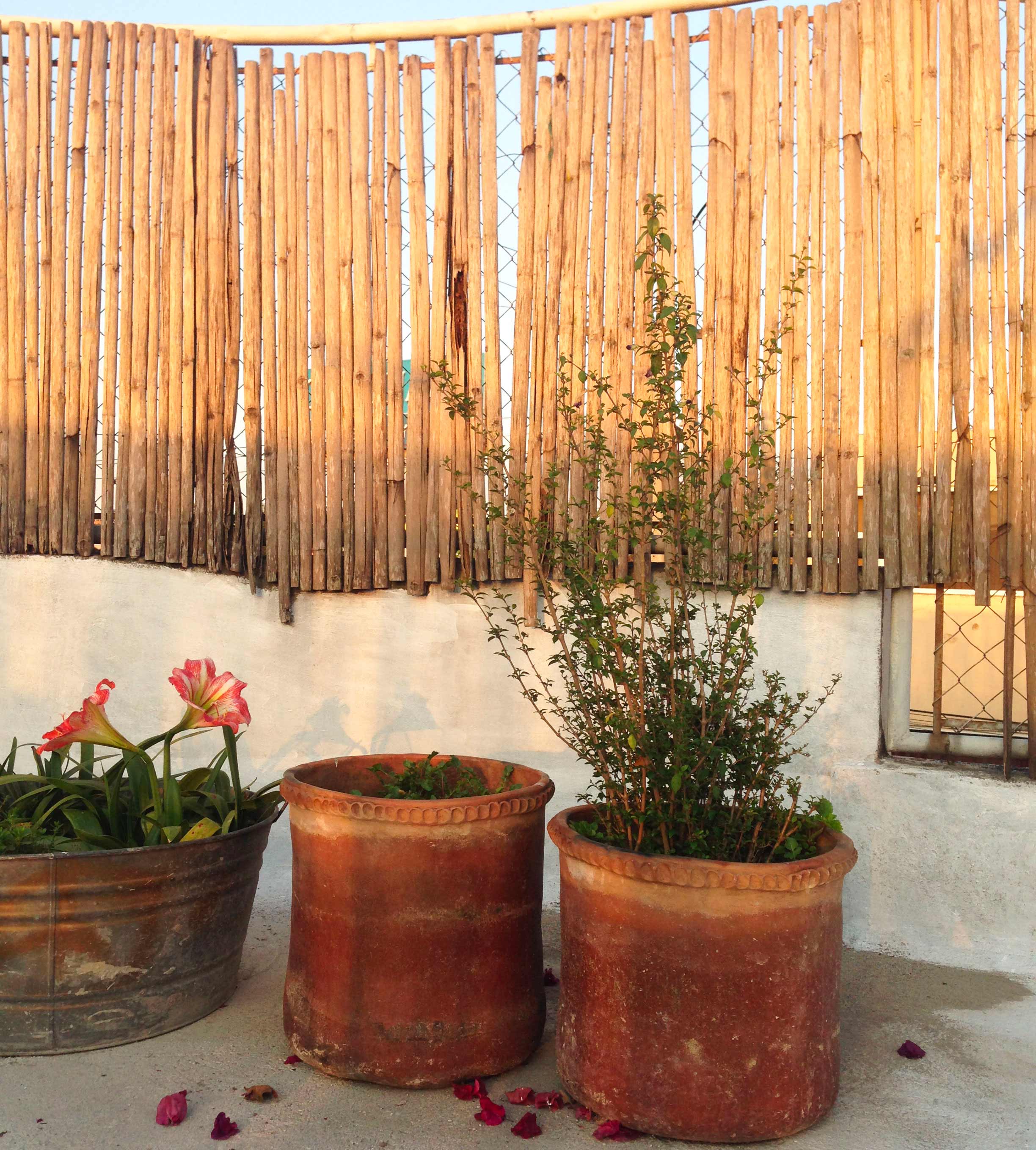
Terracottas and bamboo, Guatemala City
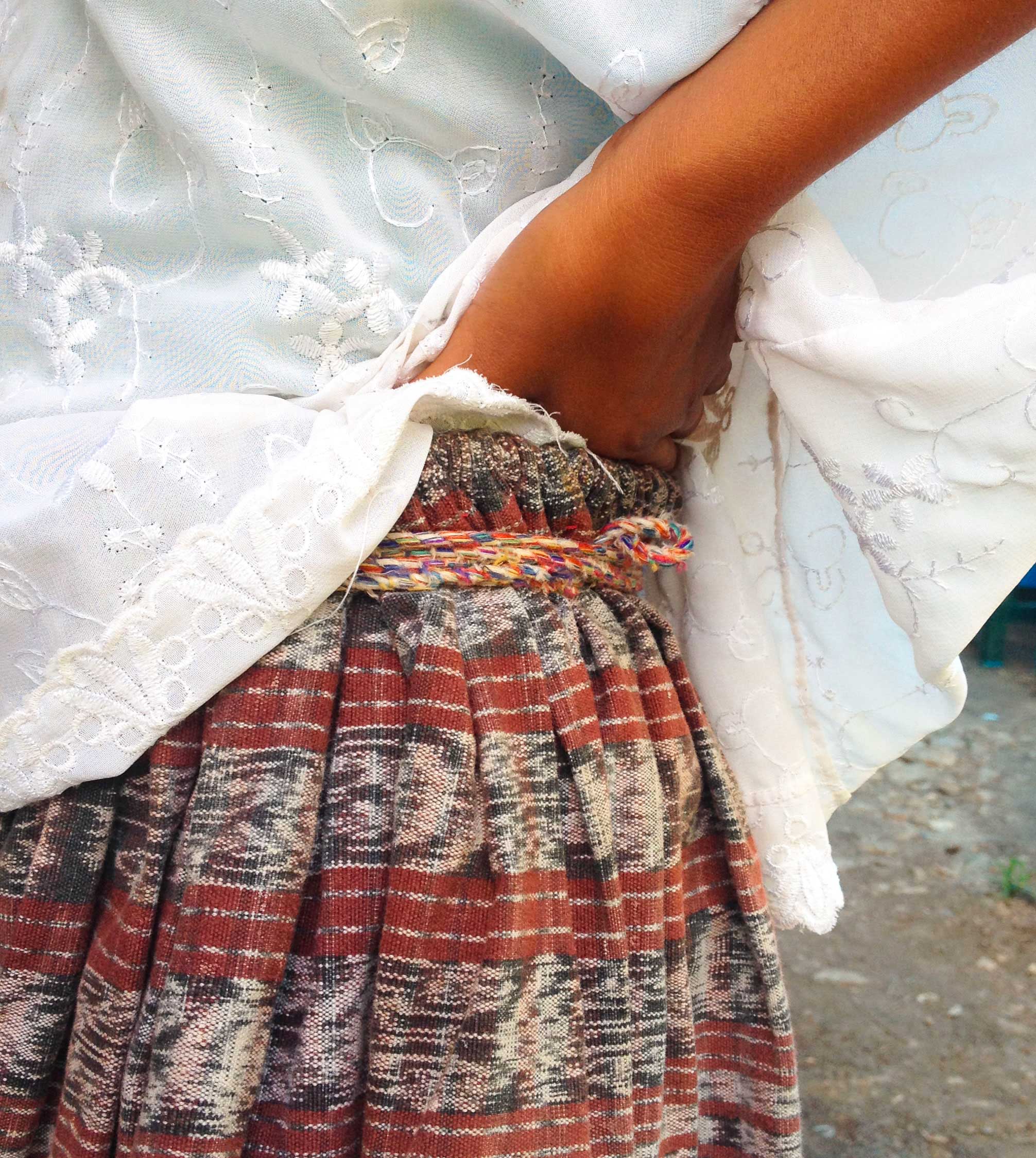
Detail of a hand-woven dress, Cobán
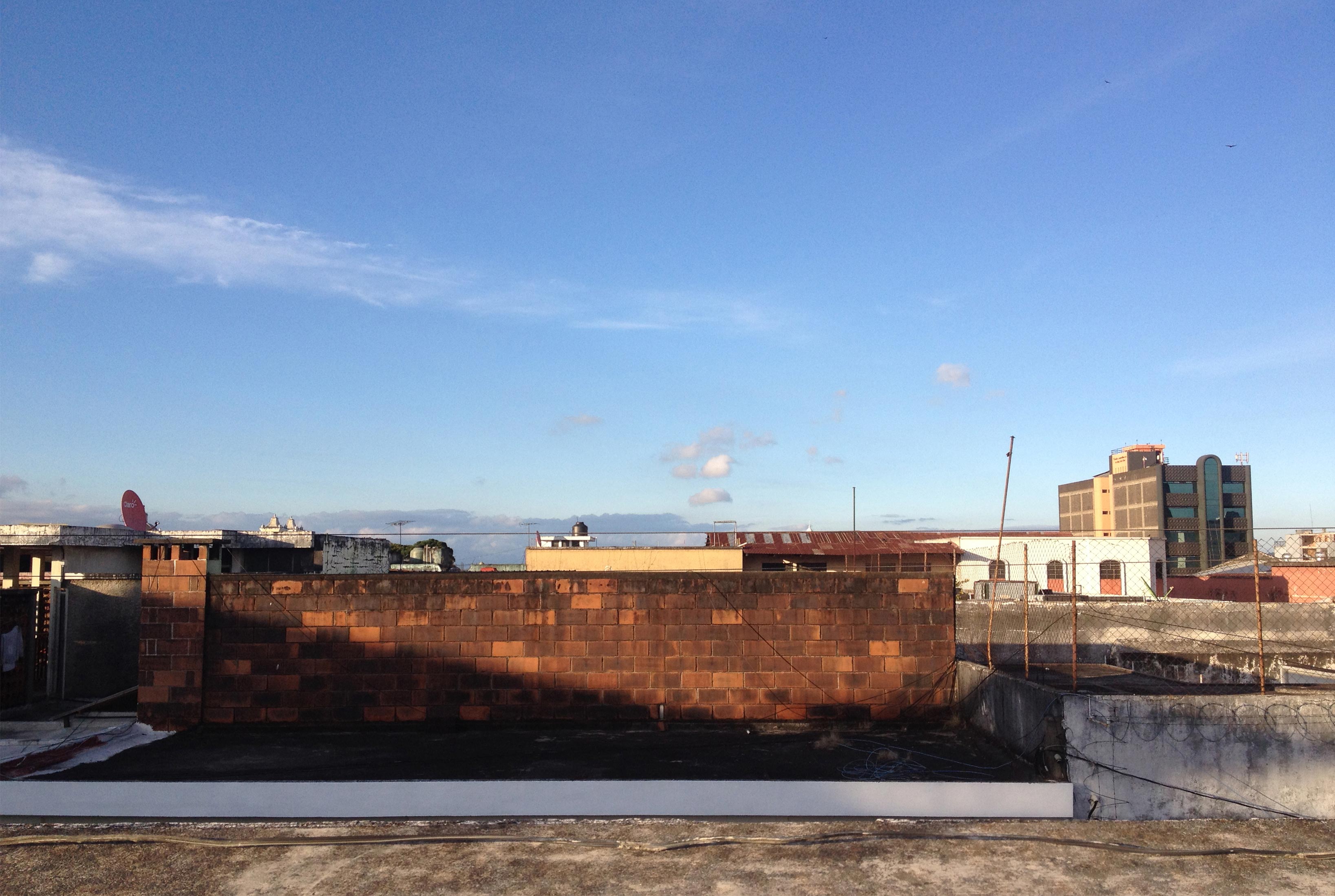
Historic center, Guatemala City
Cecilia does not appropriate culture. She appropriates her story, her land. The color of this land is the color of Palorosa. It is a two-way exchange. The order must be perfected, but the very first bag had to indicate the process, the way. More than a collection, Cecilia knew she had to tell a story, her story, and had to learn how to best express it. Two years later, the same doubt was raised: multiple products or a single object? The answer came with the sale of 100 bags – the first not having a name – and other crafted objects collected from surrounding places, people, and daily life. It’s the bags that attracted attention, so that became the focus, the place of return, of cognitive experience and thoughtful reflection.
Palorosa is a color. The origin of the name
The name Palorosa came soon after. Palo de rosa is the name of the tree that characterizes that tropical belt. It’s all about its natural color, its nuances. Cecilia had already used this wood in some of her interior design projects: another element of discovery, another true starting point, something with material substance. Palorosa is a color. And the color of Palorosa becomes powder pink, the bark of the palo de rosa, the tint of wood and earth. The groundwork, the archetype. A color that is a non-color, that is Cecilia. Palorosa’s first real order came from Art Basel in Miami, where bags were hung on display in the design store of a Colombian who Cecilia met through the blog’s pan-American network, which continues to grow. Palorosa’s first real trip was to New York, where Cecilia presented her bags to her favorite stores. But this is another chapter. For now, let us focus on Palorosa’s story, which is well on its way.

